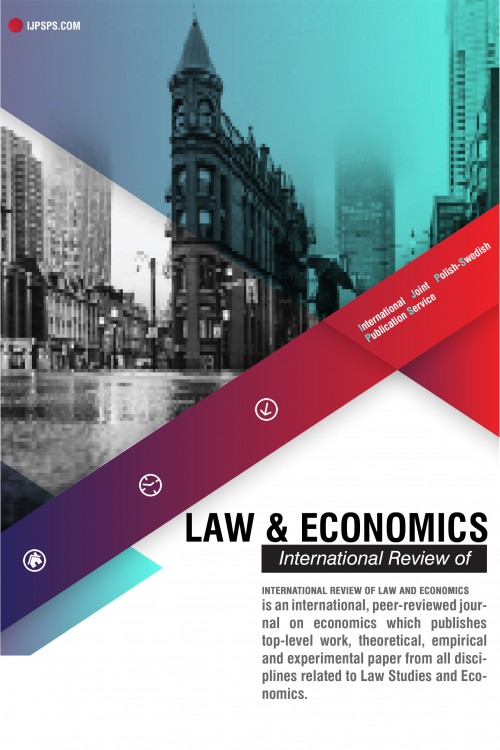
Investigating the Impact of Transportation Investment on Job Creation through Induced Economic Production
Abstract
In this study, the direct and indirect effects of transportation sector investment on the creation of value-added jobs in the economy were studied. For this purpose, after estimating the relationships using the ARDL method from 1959 to 2014, the short-run, long-run, and error correction models were estimated. In the long-run estimation, the production elasticity of the transportation sector relative to the capital is more than twice as large as non-transport sectors. According to these results, and the finding that a 1 percent increase in the total value-added leads to 0.3 percent growth in job creation in the economy, the effect of transport sector investment on the creation of total value-added jobs was reviewed. The results of the shock scenario simulation in the transport sector investment showed that a one percent increase in this variable generated an average of 0.235% growth in the economic value-added and a 0.07% increase in the number of created jobs during the simulated period. According to the nearly 10% share of transportation on the total value-added, this shows a significant effect. Therefore, given the significant effects of transportation on the economy, this sector has the relative ability to develop direct and indirect employment from the channel of production boost.